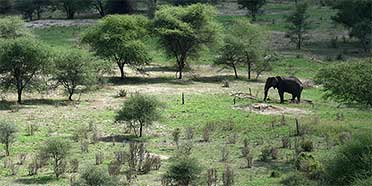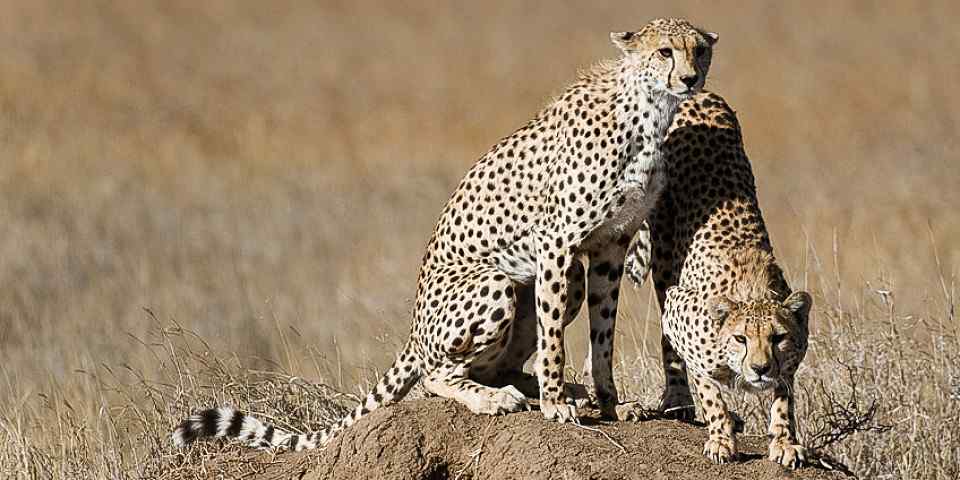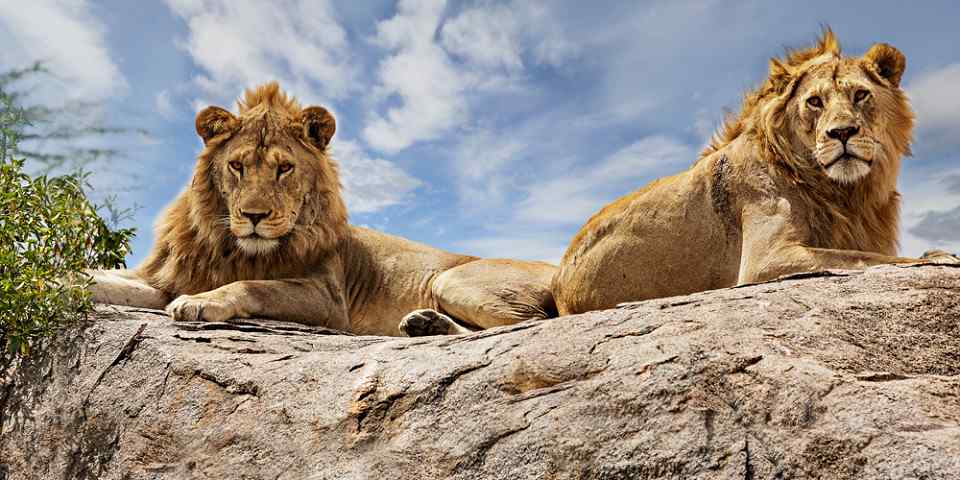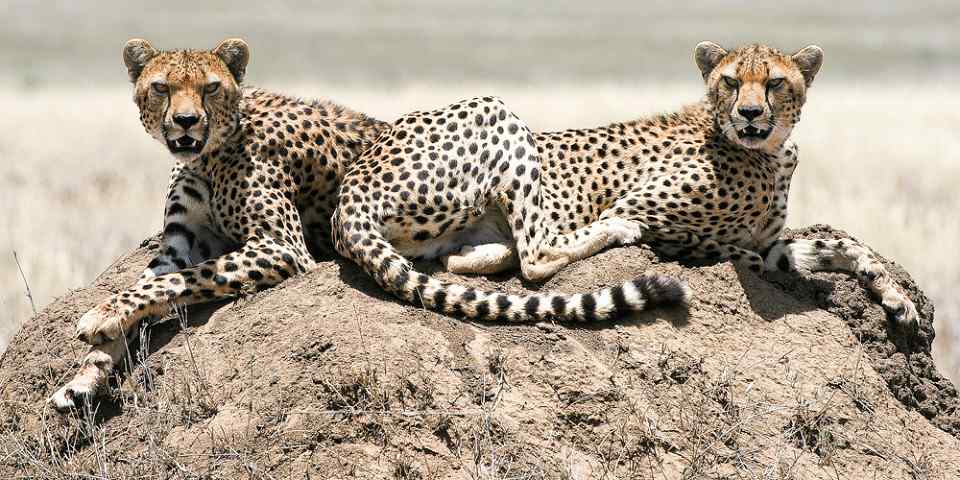
Safari Tours to Tarangire NP
-
![7-Day Mid-Luxury Epic Adventure (3 Nights Serengeti)]()
7-Day Mid-Luxury Epic Adventure (3 Nights Serengeti)
$3,280 to $3,480 pp (USD)
Tanzania: Private tourLuxuryLodge & Tented Camp
You Visit: Arusha (Start), Tarangire NP, Serengeti NP, Ngorongoro Crater, Lake Manyara NP, Arusha (End)

Lion King Adventures
5.0/5 – 1,250 Reviews
-
![4-Day Northern Circuit Safari Adventure]()
4-Day Northern Circuit Safari Adventure
$1,250 pp (USD)
Tanzania: Private tour
Mid-range Lodge & Tented CampYou Visit: Arusha (Start), Tarangire NP, Central Serengeti NP, Ngorongoro Highlands, Ngorongoro Crater, Arusha (End)

Destiny Explorers
4.9/5 – 85 Reviews
-
![4-Day Magic Experience Safari Mix Lodge & Camp]()
4-Day Magic Experience Safari Mix Lodge & Camp
$1,202 pp (USD)
Tanzania: Shared tour (max 7 people per vehicle)
Mid-range Camping & LodgeYou Visit: Arusha (Start), Tarangire NP, Serengeti NP, Ngorongoro Crater, Arusha (End)

Go Serengeti African Tours
4.9/5 – 291 Reviews

 Tanzania Parks
Tanzania Parks













